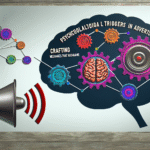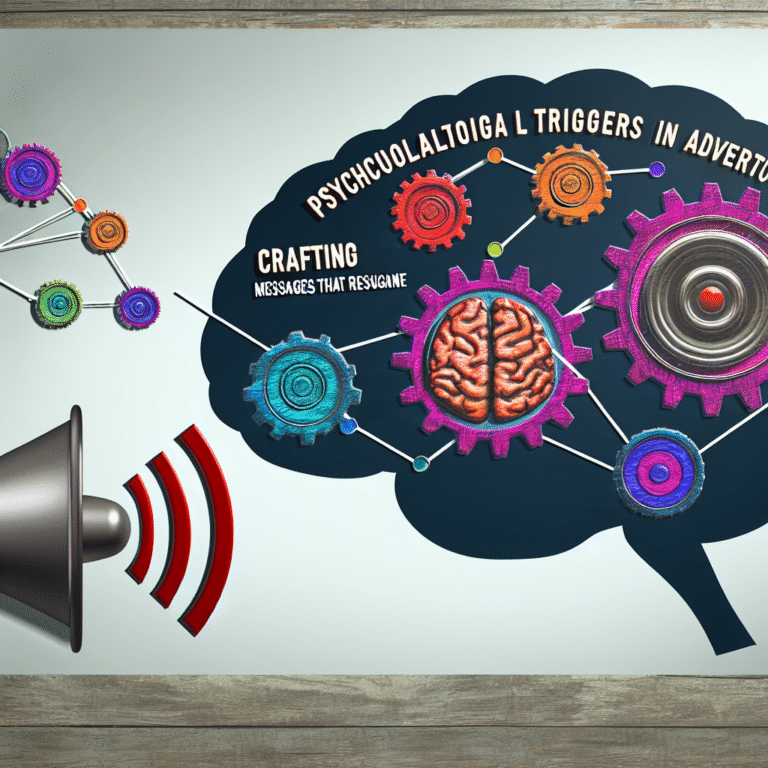
In an ever-evolving educational landscape, schools are faced with a critical challenge: preparing students not just academically, but also as emotionally well-rounded individuals. Enter social-emotional learning (SEL), a powerful framework that has the potential to revolutionize traditional educational methods. Empowering Minds: The Transformative Power of Social-Emotional Learning in Schools serves as a guiding light toward a more holistic approach to education, enabling students to cultivate self-awareness, resilience, empathy, and interpersonal skills.
Introduction
Imagine a classroom where students are not only engaged in their lessons but are also equipped to handle their emotions, build strong relationships, and navigate challenges effectively. This is the vision of schools embracing social-emotional learning. Recent research shows that integrating SEL programs can lead to significant improvements in students’ academic performance, mental health, and overall well-being. In a world increasingly marked by emotional distress and social isolation, the power of SEL stands out as essential in nurturing empowered minds.
The Foundations of Social-Emotional Learning
Understanding SEL
Social-emotional learning refers to the process through which students learn and apply skills necessary for emotional intelligence. The Collaborative for Academic, Social, and Emotional Learning (CASEL) identifies five core competencies:
- Self-awareness: Recognizing one’s emotions and values.
- Self-management: Regulating emotions and behaviors in various situations.
- Social awareness: Understanding others’ perspectives and showing empathy.
- Relationship skills: Building positive relationships and effective communication.
- Responsible decision-making: Making ethical and constructive choices.
The Rationale Behind SEL
These competencies are particularly crucial in today’s environment. Statistics reveal that nearly 1 in 5 children faces mental health challenges. Integrating SEL into school curricula can serve as a preventive measure, teaching students how to manage anxiety, stress, and interpersonal conflicts. With Empowering Minds: The Transformative Power of Social-Emotional Learning in Schools, educators and stakeholders can create learning environments that not only focus on academic success but also prioritize mental health.
Real-World Applications of SEL
Case Study: The 4Rs Initiative
A notable example of successful SEL implementation is NYC’s 4Rs initiative, which stands for "The Four Rs: Restorative Practices, Racial Justice, Relation Building, and SEL." Developed by The Center for Responsive Schools, this program emphasizes creating a culture of respect, equity, and engagement within schools.
Analysis of the 4Rs Initiative
By embedding SEL in the school culture, the 4Rs initiative has seen positive shifts in student behavior and academic performance. Schools that implemented the program reported decreased disciplinary actions and improved relationships among students and staff. The data shows that students involved in this initiative exhibited greater emotional regulation and enhanced social skills, exemplifying the transformative power of social-emotional learning in schools.
Case Study: The Yale Center for Emotional Intelligence
Another compelling case comes from the Yale Center for Emotional Intelligence, which developed the RULER program. RULER teaches students to Recognize, Understand, Label, Express, and Regulate their emotions.
Analysis of RULER
Schools adopting this model saw significant improvements in student behavior, engagement, and academic outcomes. For instance, a high school in Connecticut implementing the RULER program reported a 50% decrease in behavioral referrals. This data reinforces the idea that empowering minds through SEL can lead to tangible improvements in both personal and academic realms.
The SEL Framework in Practice
Integrating SEL into Daily Routines
For SEL to be effective, it needs to be integrated seamlessly into everyday school experiences. Here are a few strategies:
- Daily check-ins: Begin each class with a check-in to gauge students’ emotional states.
- Conflict resolution: Teach students techniques to resolve conflicts peacefully, fostering their relationship skills.
- Reflection journals: Encourage students to keep journals for expressing their thoughts and feelings, promoting self-awareness.
- SEL-focused lessons: Design academic lessons around SEL themes where applicable, such as discussing empathy in literature.
Measuring Success
To gauge the success of SEL initiatives, schools can utilize surveys and assessments to track improvements in students’ emotional and social competencies. Instruments such as the Devereux Student Strengths Assessment (DESSA) can quantify progress over time.
| SEL Competency | Measurement Tool | Expected Outcome |
|---|---|---|
| Self-awareness | DESSA | Increased emotional insight |
| Relationship skills | Peer feedback | Enhanced communication |
| Responsible decision-making | Scenario-based assessments | Better conflict resolution |
The Role of Educators in SEL
Training and Development
For SEL to thrive in schools, educators themselves must be well-prepared. Professional development programs focused on SEL strategies equip teachers with the necessary skills to foster a supportive classroom environment.
Building a Supportive Culture
Educators should aim to cultivate a classroom culture that prioritizes emotional well-being. This involves modeling SEL competencies, providing consistent feedback, and addressing students’ social-emotional needs. For instance, teachers can create safe spaces where students feel comfortable expressing their feelings and concerns.
Community Involvement in SEL
Partnerships with Parents and Guardians
Involve parents in SEL initiatives through workshops that educate them about the importance of emotional intelligence. Providing resources and tools for families can strengthen the impact of SEL at home, leading to consistent reinforcement of skills across environments.
Collaboration with Mental Health Professionals
Collaborating with mental health professionals can further enhance SEL efforts within schools. Inviting specialists to conduct workshops, support students, and offer individualized assistance emphasizes Empowering Minds: The Transformative Power of Social-Emotional Learning in Schools as a collective responsibility.
Challenges and Considerations
Addressing Resistance
Despite its benefits, some educators and stakeholders may resist adopting SEL initiatives due to preconceived notions about emotional education being supplementary. Addressing these concerns involves presenting empirical evidence, sharing success stories, and facilitating open discussions about the comprehensive benefits of SEL.
Ensuring Inclusivity
SEL practices must recognize the diverse backgrounds and experiences of students. Creating an inclusive framework that respects cultural differences enhances the relevance of SEL, ensuring that all students feel represented and supported.
Conclusion: The Path Ahead
The integration of social-emotional learning into school curricula is not a mere trend; it is a necessary evolution in education that fosters empowered minds. As educators, parents, and community members unite to prioritize social-emotional growth, we pave the way for a brighter future.
In the words of renowned educator John Dewey, “If we teach today’s students as we taught yesterday’s, we rob them of tomorrow.” Let us embrace the transformative power of social-emotional learning and recognize its role in shaping resilient, empathetic, and responsible individuals.
FAQs About Social-Emotional Learning
1. What is social-emotional learning?
Social-emotional learning (SEL) is the process through which students develop skills related to emotional intelligence, including self-awareness, self-management, social awareness, relationship skills, and responsible decision-making.
2. How does SEL improve academic performance?
Studies show that students who participate in SEL programs tend to exhibit higher academic performance, better retention of information, and improved engagement, leading to a more successful educational experience overall.
3. Can SEL be implemented in all school settings?
Yes, SEL can be adapted to fit various educational contexts, including public schools, private institutions, and alternative learning environments, ensuring all students benefit from emotional and social skill development.
4. How do I advocate for SEL in my child’s school?
Engage in conversations with educators and school administrators, participate in parent-teacher meetings, and share information about the benefits of SEL. Building a coalition of like-minded parents can amplify your voice in advocating for SEL implementation.
5. What resources are available for teachers interested in SEL?
Numerous organizations, including CASEL and the Yale Center for Emotional Intelligence, offer free resources, curriculum guides, and professional development opportunities focusing on effectively integrating SEL in the classroom.
By embracing Empowering Minds: The Transformative Power of Social-Emotional Learning in Schools, we are not merely enhancing academic performance; we are crafting the future of education—one where emotional well-being reigns supreme. Let’s empower our students to navigate life’s complexities with resilience, empathy, and confidence. The time is now to invest in social-emotional learning for a better tomorrow.















